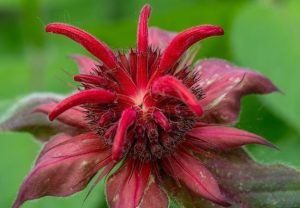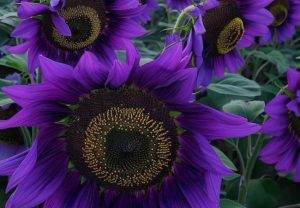Explore the fascinating history and vibrant world of Zinnia flowers. Learn about their origins, unique attributes, and how to identify different Zinnia varieties with this comprehensive guide.
Zinnia Flowers are a true delight, captivating gardeners and flower enthusiasts alike with their vibrant colors and striking beauty. These cheerful bloomers have a rich history and a diverse range of varieties, each with its own unique charm. In this article, we’ll embark on a journey to uncover the origins of Zinnia flowers and provide you with valuable insights to help identify different types.
Here’s a concise information chart about Zinnia flowers:
| Attribute | Information |
|---|---|
| Botanical Name | Zinnia spp. |
| Plant Type | Annual flowering plant |
| Zones | 2-11 (varies by species) |
| Exposure | Full sun |
| Bloom Time | Summer to fall |
| Height/Spread | Height: 6 inches to 4 feet Spread: 6-18 inches |
The Early Days
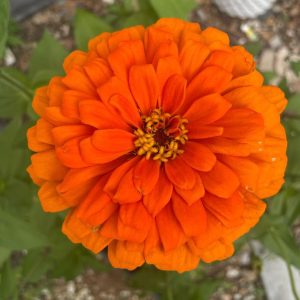
Zinnia’s Journey Zinnia flowers trace their roots back to the Americas, where they were first discovered in the early 16th century. Native to Mexico, these flowers were initially grown and cultivated by the Aztecs, who appreciated their vibrant hues and used them for various purposes, including traditional medicines and dyes.
As European explorers ventured into the New World, they encountered these captivating blooms and quickly recognized their potential. Zinnias soon found their way to Europe, and from there, their popularity spread across the globe, making them a staple in gardens worldwide.
Identifying Zinnia Varieties
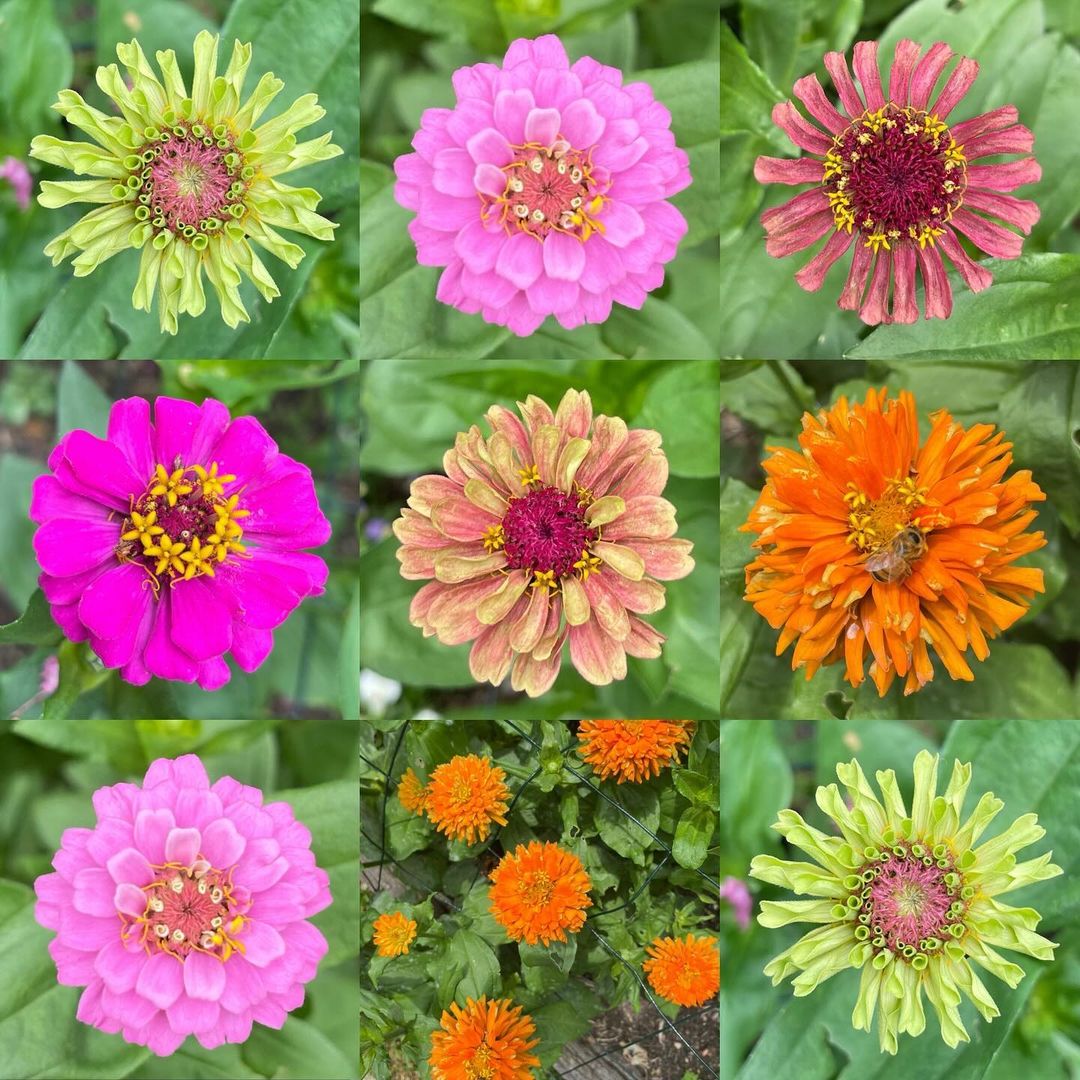
With a wide array of Zinnia varieties available, it can be challenging to distinguish one from another. However, by understanding their key attributes, you can become an expert in identifying these beautiful flowers. Here’s a handy Plant Attributes table to help you:
Plant Attributes Table for Zinnia Flowers:
| Variety Name | Color Range | Height | Bloom Time | Distinguishing Features |
|---|---|---|---|---|
| Zinnia elegans (Youth and Old Age) | Red, yellow, orange, white, purple | 6-36 inches | Summer to fall | Single or double blooms, daisy-like appearance |
| Zinnia angustifolia (Narrow-leaf Zinnia) | Yellow, orange, white | 6-24 inches | Summer to fall | Narrow leaves, small single flowers |
| Zinnia haageana (Mexican Zinnia) | Red, orange, yellow | 12-18 inches | Summer to fall | Compact growth, semi-double flowers |
| Zinnia marylandica (Maryland Zinnia) | Yellow, orange | 12-36 inches | Summer to fall | Tall stems, single flowers |
As you can see, Zinnias come in a wide range of colors, heights, and bloom times, making them a versatile choice for any garden. While some varieties, like Zinnia elegans, boast larger, showy blooms, others, like Zinnia angustifolia, have a more delicate and understated beauty.
Caring for Your Zinnia
Garden Zinnias are relatively easy to grow and maintain, making them an excellent choice for both seasoned gardeners and beginners alike. Here are some tips to help your Zinnia garden thrive:
- Sunlight: Zinnias love basking in the warm sunshine, so choose a spot that receives at least six hours of direct sunlight each day.
- Soil: These flowers prefer well-draining soil that is rich in organic matter. Amend your soil with compost or well-rotted manure before planting.
- Watering: Zinnias appreciate consistent moisture, especially during the hot summer months. Water them deeply, ensuring the soil stays evenly moist but not waterlogged.
- Deadheading: Regularly removing spent blooms, a process known as deadheading, encourages new flower production and keeps your Zinnias looking their best.
Zinnia flowers have a captivating history and a diverse range of varieties that offer a kaleidoscope of colors and forms. By understanding their origins and key attributes, you can confidently identify different types and create a stunning Zinnia display in your garden. With their easy care requirements and long blooming season, these cheerful bloomers are sure to brighten up any outdoor space. Embrace the vibrant world of Zinnias and let their beauty and resilience inspire you.
